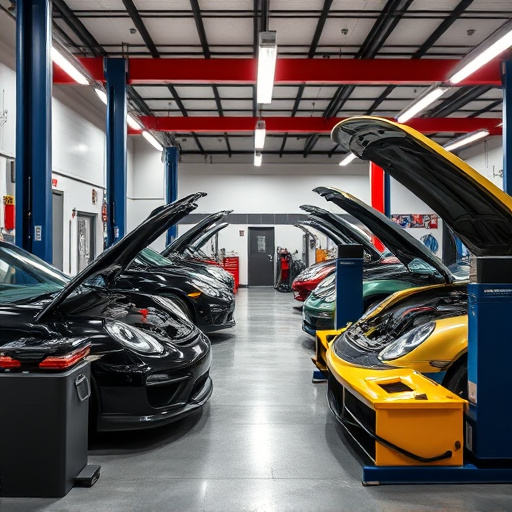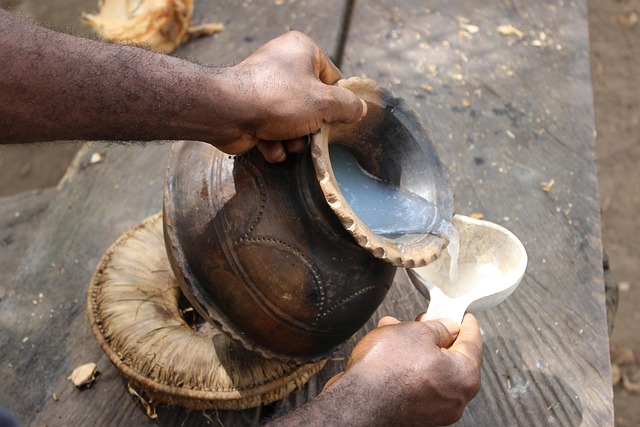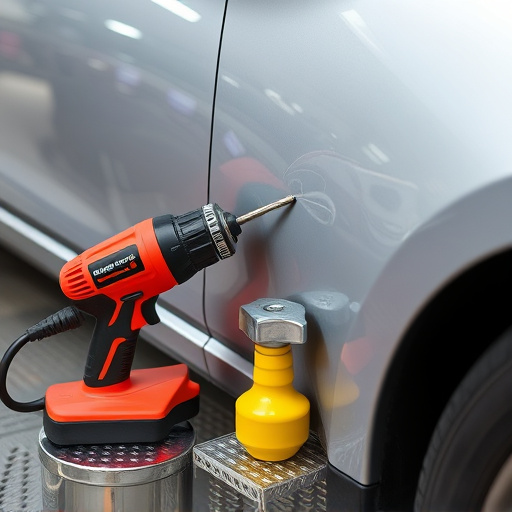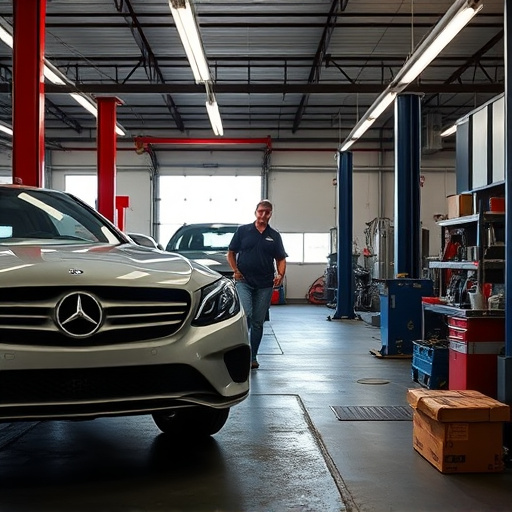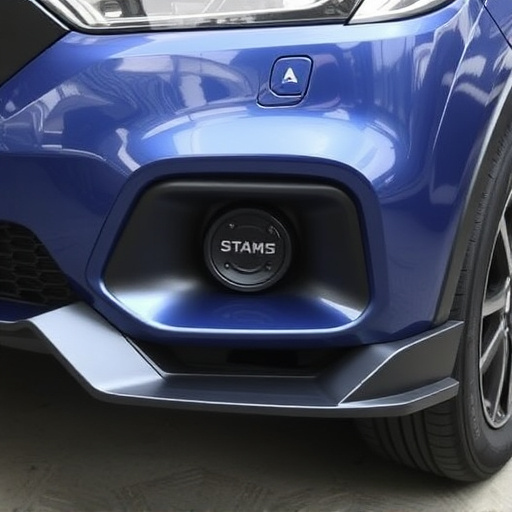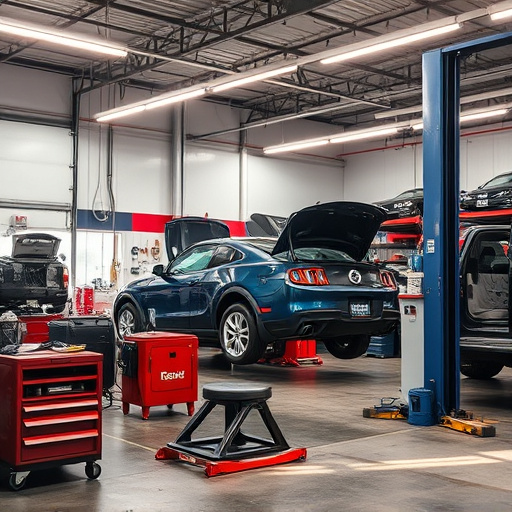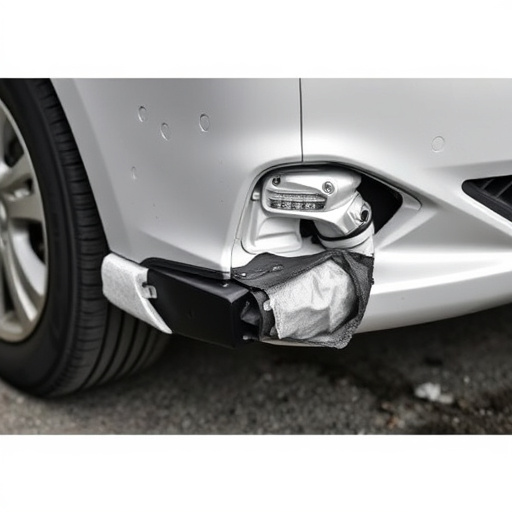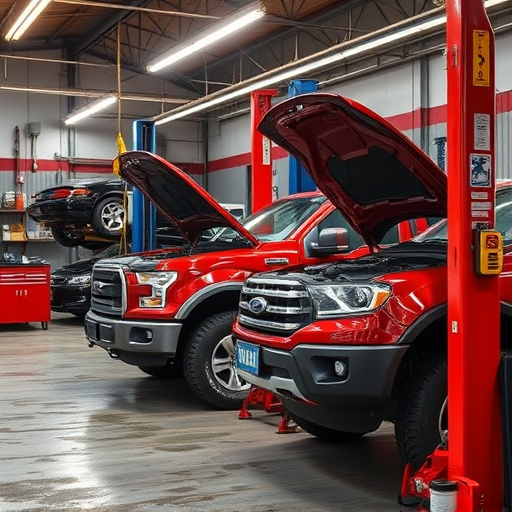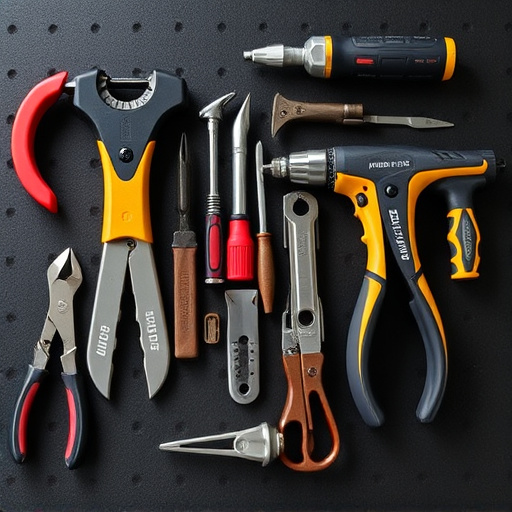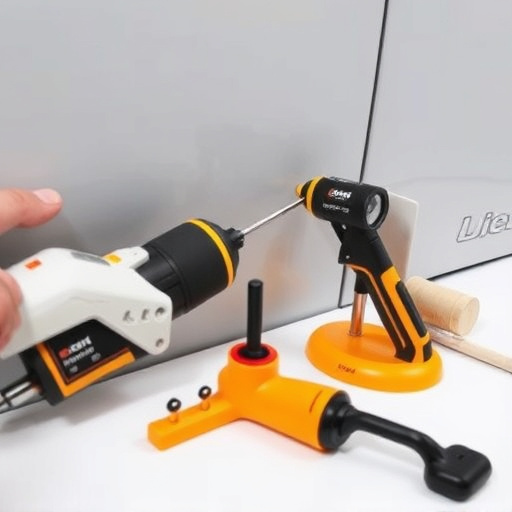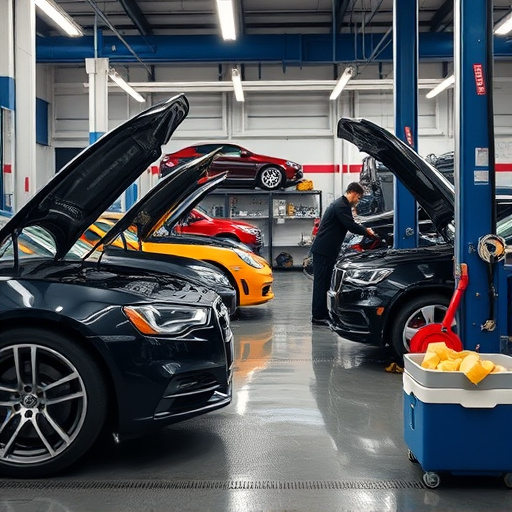Encourage patient involvement in repair option discussions to enhance communication and build trust. Use open questions and relatable analogies like fixing a window or rotten wood to simplify complex repairs for customers. Personalize repair explanations based on patients' backgrounds to ensure better comprehension, empower participation, and achieve more satisfactory vehicle restoration outcomes.
In ensuring patient satisfaction and adherence, effectively communicating repair option explanations is paramount. Many barriers, from complex medical jargon to individual understanding levels, can hinder this process. This article explores proven strategies to overcome these obstacles, emphasizing active patient engagement through conversation, simplifying technical language with analogies, and personalizing explanations based on diverse patient backgrounds. Implement these techniques to enhance communication, build trust, and improve patient outcomes by delivering clear, tailored repair option explanations.
- Engage Patients Actively in Conversation
- Simplify Technical Language Using Analogies
- Personalize Explanations Based on Patient Backgrounds
Engage Patients Actively in Conversation
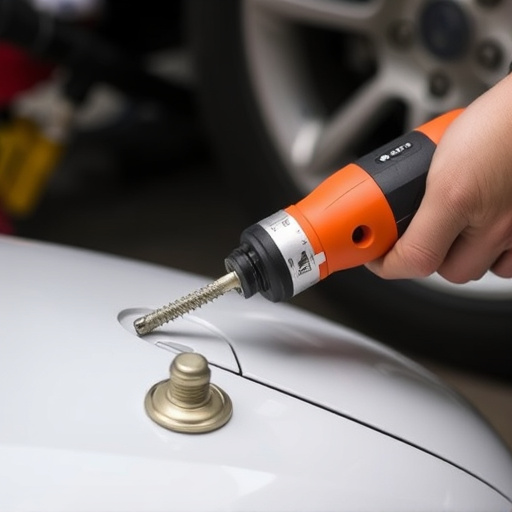
Encouraging active participation from patients during discussions about their vehicle’s repair option explanation is a powerful strategy to overcome communication barriers. This involves more than simply providing information; it’s about creating an environment where patients feel heard and understood. By asking open-ended questions, such as “What concerns do you have about the repair process?” or “How important is it for you to preserve the original parts?”, healthcare professionals can gain valuable insights into the patient’s preferences and fears. This interactive approach helps build trust and ensures that the repair option explanation aligns with the patient’s expectations, whether they are considering a simple car damage repair or complex luxury vehicle repairs.
Active engagement allows patients to clarify details, voice their concerns, and make informed decisions. It also empowers them to ask questions about potential alternatives, cost estimates, and the expertise of the collision repair shop. Through this dialogue, patients can better comprehend the implications of different repair options, fostering a sense of empowerment and satisfaction with the outcome.
Simplify Technical Language Using Analogies
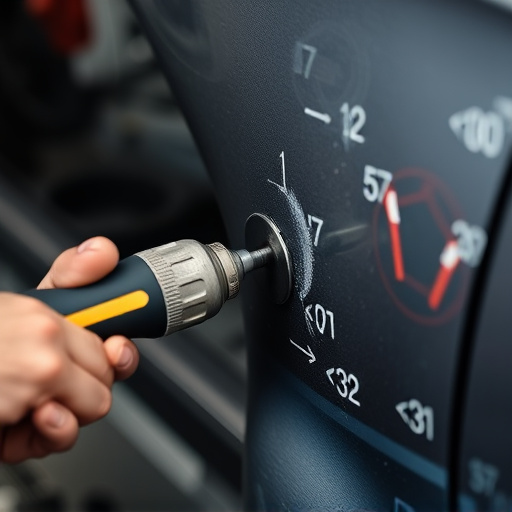
Explaining complex repair processes can be daunting, especially when dealing with technical jargon that intimidates customers. Simplifying this communication gap is key to ensuring a smooth understanding of repair options. One effective strategy is employing analogies to translate intricate concepts into relatable terms. For instance, compare the car’s body to a house; just as a builder might fix a broken window or replace rotten wood, a skilled mechanic can mend or replace damaged parts of your vehicle’s bodywork, like in a classic car restoration after a fender bender.
This approach not only clarifies procedures but also instills confidence in customers. By connecting technical language to familiar scenarios, you bridge the gap between expertise and everyday understanding, allowing clients to make informed decisions about their car’s repair options. Whether it’s a minor bump or a significant collision, analogies can help them visualize the process and choose the best course of action for their vehicle’s care.
Personalize Explanations Based on Patient Backgrounds
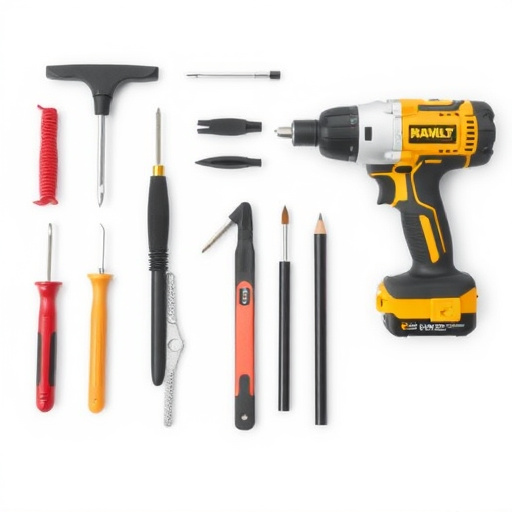
Personalizing explanations for patients is a powerful strategy to overcome barriers in conveying complex repair options, especially when dealing with vehicle collision repairs. Every patient’s background and understanding level are unique; some may be familiar with mechanical concepts while others require simpler language. Healthcare professionals or mechanics should adapt their communication style accordingly. For instance, when explaining a fender repair or vehicle paint repair process, consider the patient’s education, cultural background, and previous experiences. Using analogies from everyday life can help simplify technical jargon.
By tailoring the repair option explanation to each individual, you ensure better comprehension. This approach fosters trust between the healthcare provider/mechanic and the patient, allowing for more informed decisions regarding their vehicle’s restoration after a collision. It also encourages patients to actively participate in discussions, ensuring they feel heard and respected throughout the entire process.
Overcoming barriers in repair option explanations is essential for ensuring patients fully understand their treatment choices. By actively engaging patients in conversation, simplifying complex language with analogies, and personalizing explanations based on individual backgrounds, healthcare providers can significantly enhance patient comprehension and satisfaction. These strategies foster trust and enable patients to make informed decisions regarding their healthcare. Remember that clear communication is the cornerstone of successful patient-provider relationships, and implementing these techniques can revolutionize how repair option explanations are delivered.
